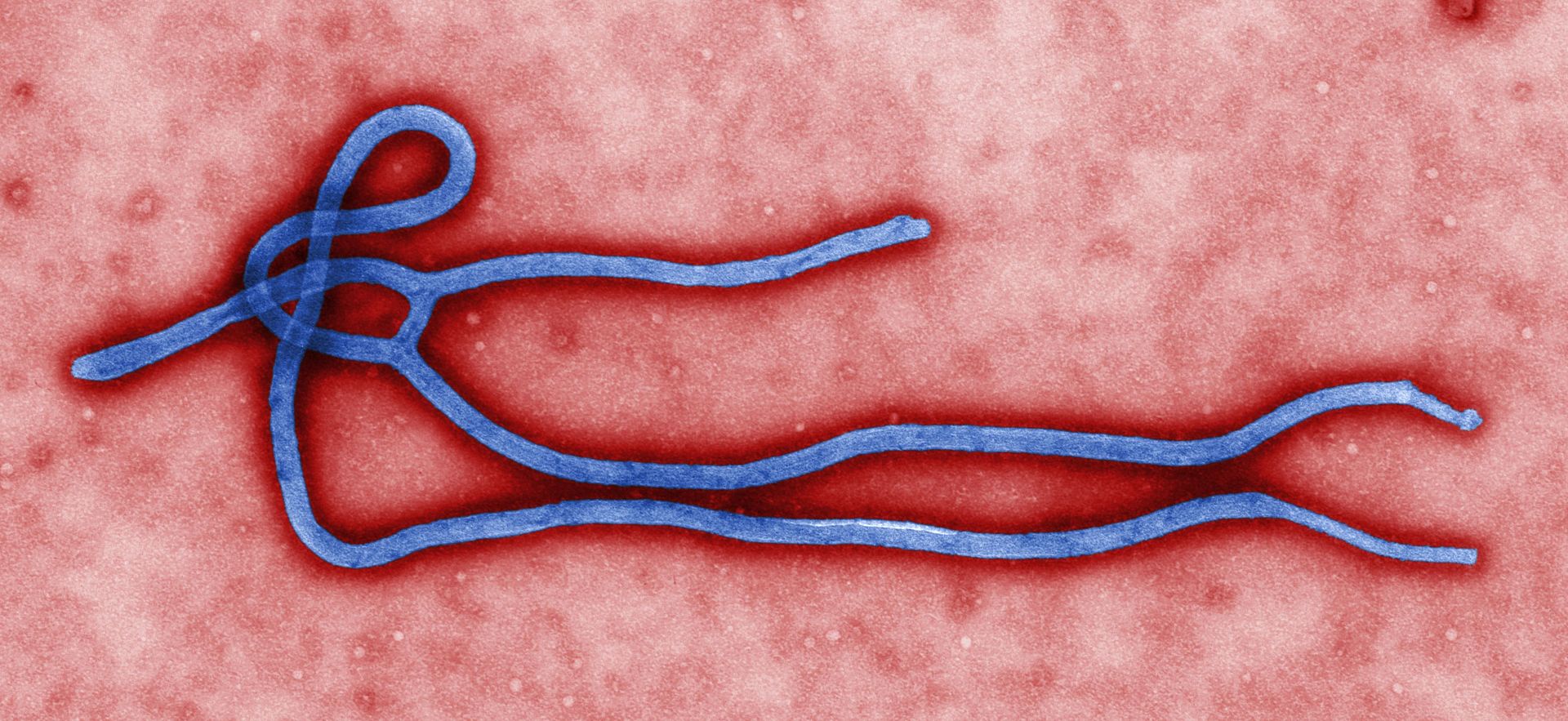Earth. Isn't it beautiful? Rolling hills, deep blue oceans, and lush rainforests. If you take some time to step back and marvel about the wonder that is our home, it's pretty obvious that we'd like for our Earth to remain the way it is. Nourishing, full of life, and full of wonder.
This past weekend, the Intergovernmental Panel on Climate Change (IPCC) produced The Synthesis Report, a 116 page report detailing the results of nearly a year of comprehensive research performed by the panel. This research centered around a few key features: why climate change is happening and what can we do to stop it. A huge number of scientists and policy experts contributed to the findings (which are far too long to list here), but here are a few key points to focus in on:
1. "It is extremely likely that more than half of the observed increase in global average surface temperature from 1951 to 2010 was caused by the anthropogenic increase in greenhouse gas concentrations and other anthropogenic forcings together"
2. "Without additional mitigation efforts beyond those in place today, and even with adaptation, warming by the end of the 21st century will lead to high to very high risk of severe, widespread and irreversible impacts, globally"
3. "Climate change will amplify existing risks and create new risks for natural and human systems. Risks are unevenly distributed and are generally greater for disadvantaged people and communities in countries at all levels of development. Increasing magnitudes of warming increase the likelihood of severe, pervasive, and irreversible impacts for people, species and ecosystems. Continued high emissions would lead to mostly negative impacts for biodiversity, ecosystem services, and economic development and amplify risks for livelihoods and for food and human security."
I could really go on and on, as even the summary of the findings is 40 pages long. While the findings request daunting amounts of change to the way in which we interact with the other, I think it's important to note there there are many ways in which we can significantly slow down the effects of climate change.
I feel for environmentalists, I really do. From losses on Capitol Hill to seeing problems exacerbated by climate change snowball out of control, I imagine it's pretty easy to feel a sense of despair!
As I detailed in a previous blog, however, fighting the good fight will lead to victories. Human-induced climate change stands to affect everything we hold dear: biodiversity, water availability, global economic security, and so on and so forth. To slow down climate change is to save animals from perishing. It means ensuring that rural communities will have a little extra water on which to survive. Perhaps most importantly, it means that we are giving our children another shot to get things right. What lesson are we teaching future generations if we decide to give up because the goal seems too far away? Too impossible?
If there's one thing I want you to take away from reading my blog, it's that anything is possible. Anything. This isn't Francis standing on his soapbox (okay, maybe it is), but if you have your doubts, I encourage you to read the reports. Because, as is true with most things, the truth lies in the science.



























